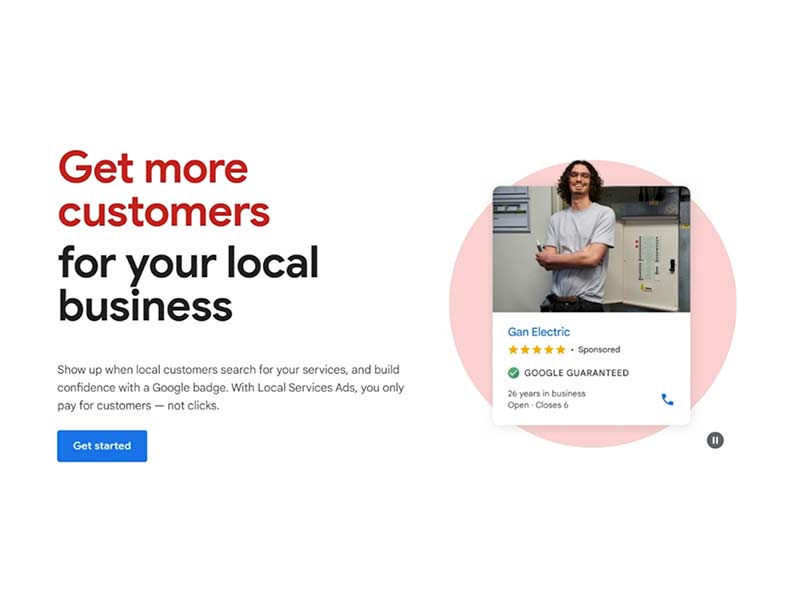
Maximizing Your Local Reach: The Power of Google Local Service Ads
In today’s competitive market, standing out online is more crucial than ever. One effective way to boost your business’s visibility and attract more local customers is through Google Local Service Ads (LSAs). If you haven’t explored this powerful advertising tool yet, now is the perfect time to start and we have an amazing digital marketing partner, Greatness Digital who can help us maximize these ads!
What Are Google Local Service Ads?
Google Local Service Ads are designed to help businesses connect with local customers searching for their services. These ads appear at the top of Google search results, making them highly visible to potential clients in your area. What sets LSAs apart from traditional Google Ads is the “Google Guaranteed” badge, which adds an extra layer of trust and credibility.
Why Use Google Local Service Ads?
- Increased Visibility: LSAs appear at the very top of search results, often before traditional ads and organic search results. This prime placement ensures that your business gets noticed by users actively searching for your services.
- Enhanced Trust: The Google Guaranteed badge reassures potential customers that your business has been vetted by Google. This can lead to higher click-through rates and more conversions.
- Pay for Leads, Not Clicks: Unlike traditional PPC ads, you only pay for valid leads. This means you’re investing in actual customer inquiries, making your ad spend more efficient and effective.
- Easy to Manage: LSAs are straightforward to set up and manage. Google handles much of the heavy lifting, so you can focus on running your business while still reaping the benefits of a robust online presence.
How to Get Started
To help you understand the full potential of Google Local Service Ads, we’ve partnered with Greatness Digital to create an informative video. This video will guide you through the ins and outs of LSAs, including how they work, the benefits of the Google Guaranteed program, and how to get started.
Watch the video here and see how Google Local Service Ads can transform your business.
Significantly enhance your online presence
Incorporating Google Local Service Ads into your marketing strategy can significantly enhance your online presence and help you reach more local customers. With the added trust of the Google Guaranteed badge, you can stand out in a crowded market and drive more qualified leads to your business.
Don’t wait—take advantage of this powerful tool today. For more information and to watch our detailed video, click here, and once you’re done, contact us to set up a meeting with our digital marketing partners.

![How To Best Use Google My Business for Small Businesses SEO [Updated for 2021]](https://clarkfivedesign.com/wp-content/uploads/2019/10/how-to-best-use-google-my-business-for-small-businesses-seo.jpg)
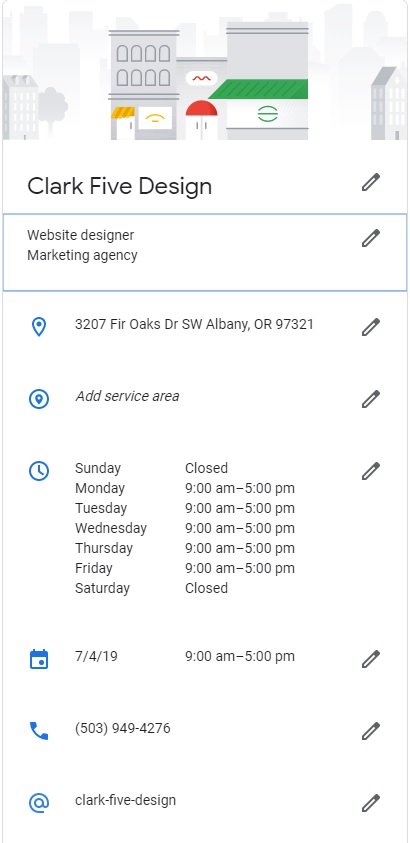
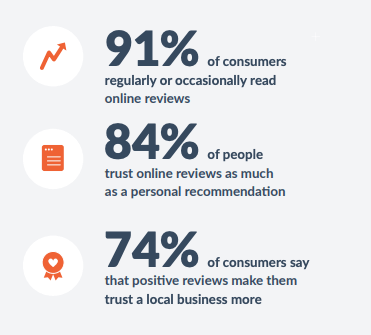



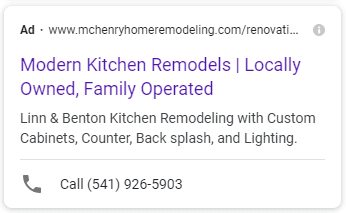
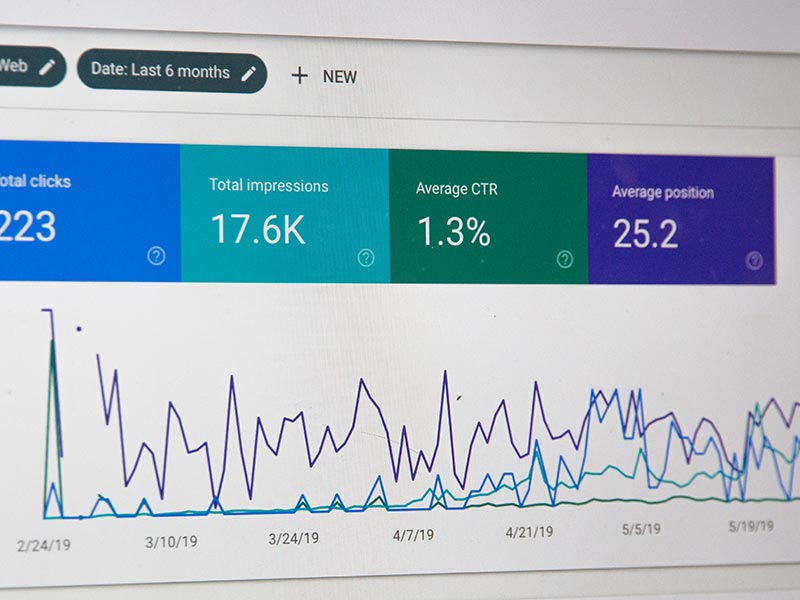

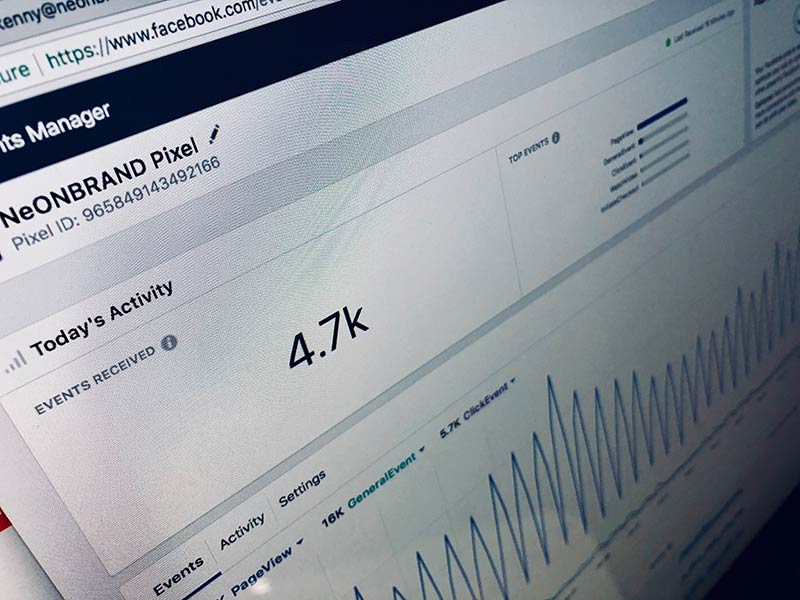
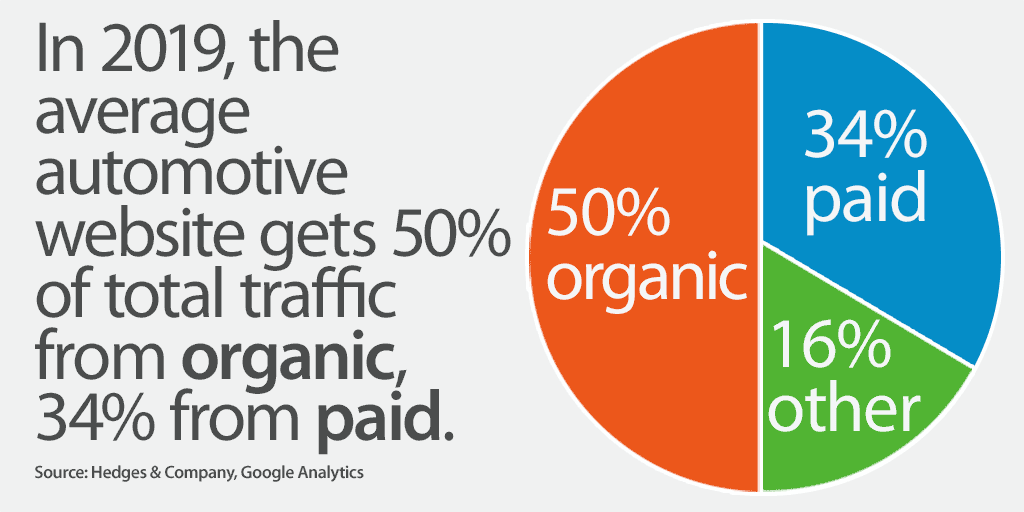
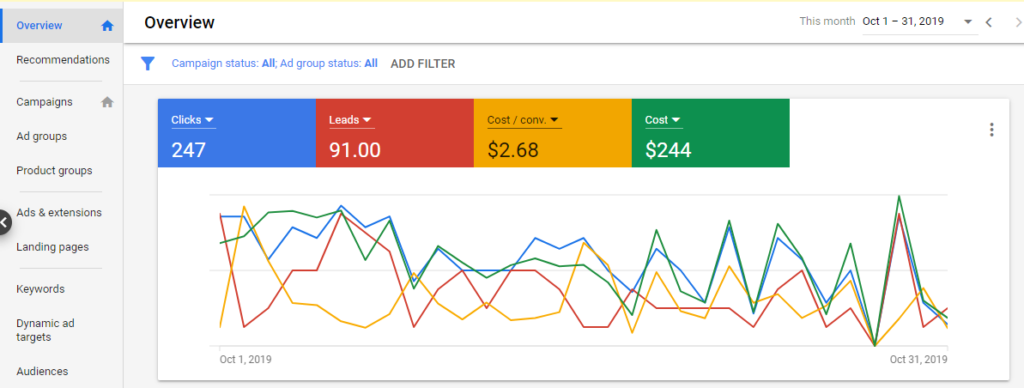
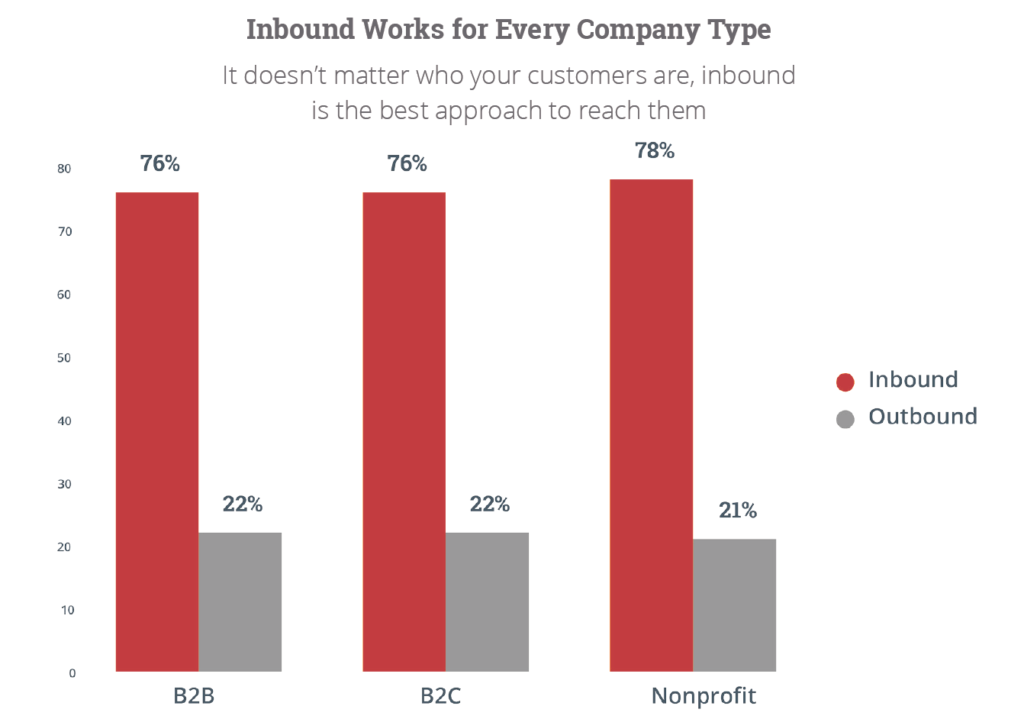
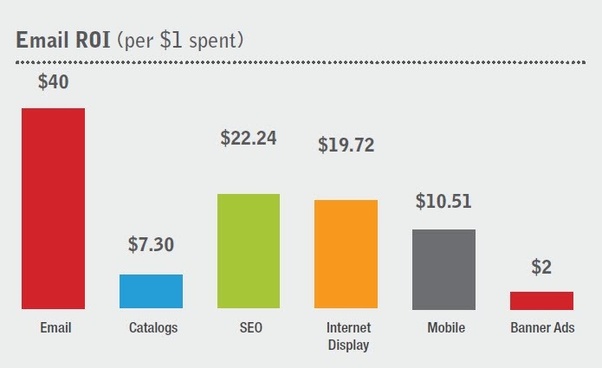
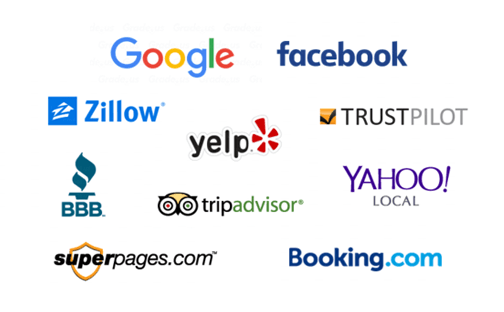

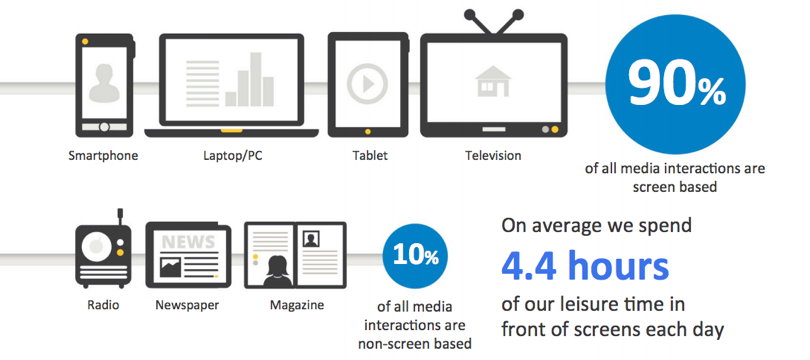
Recent Comments